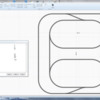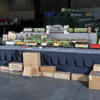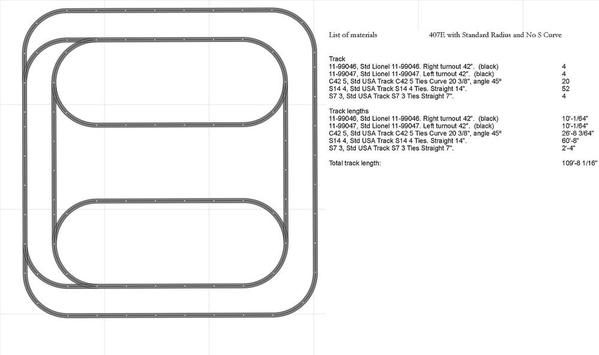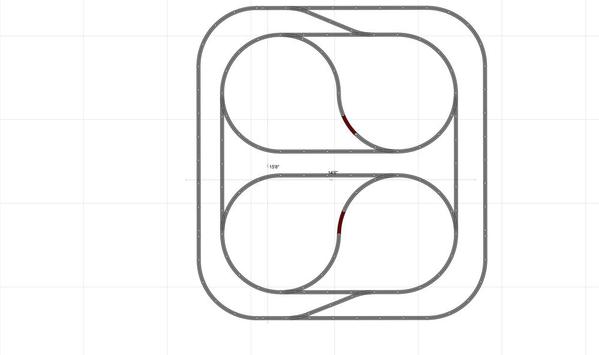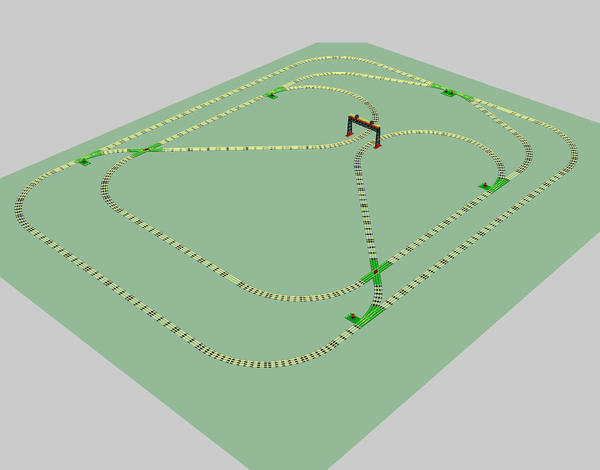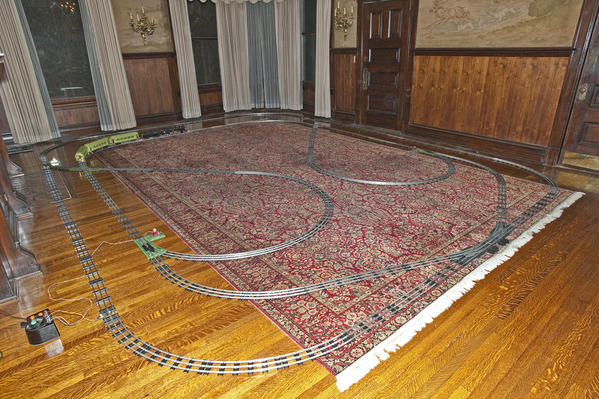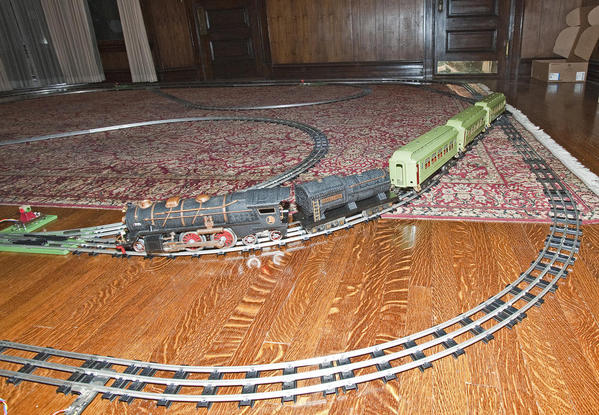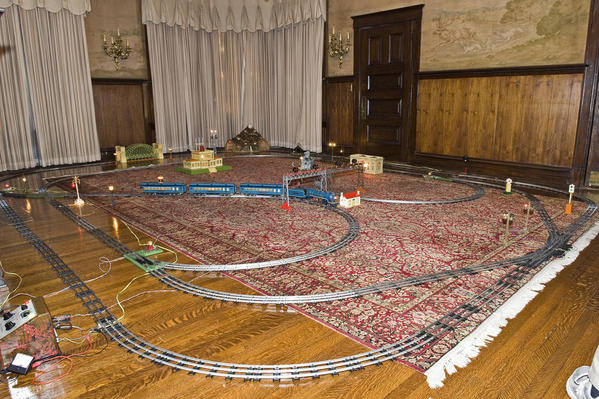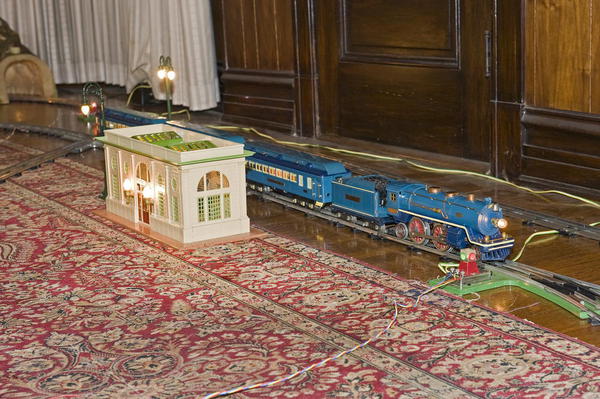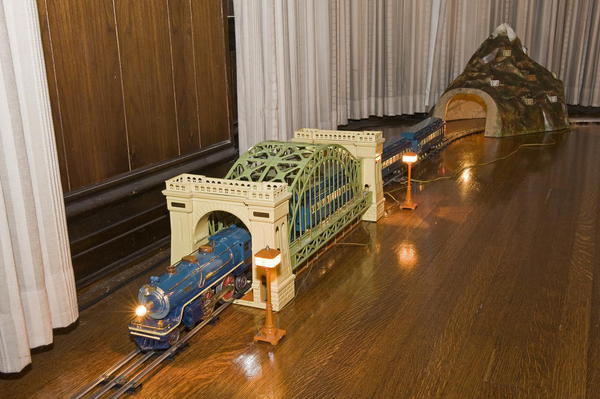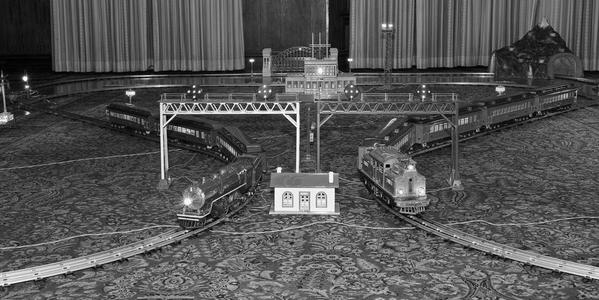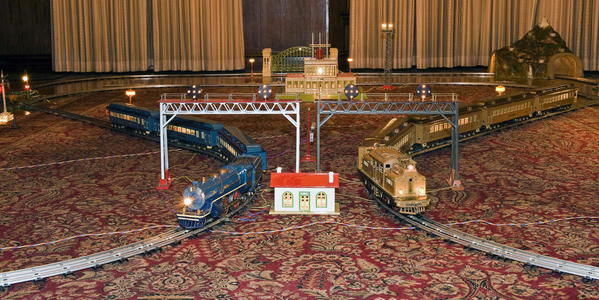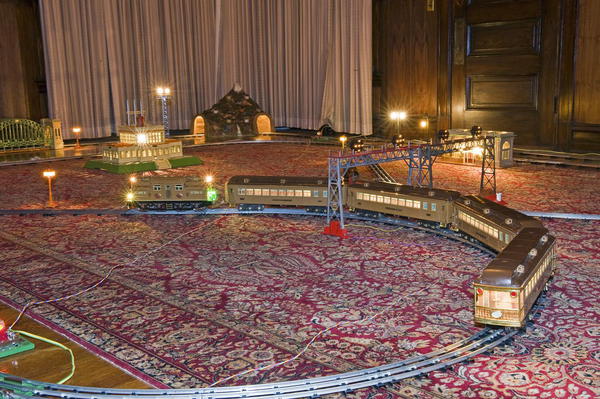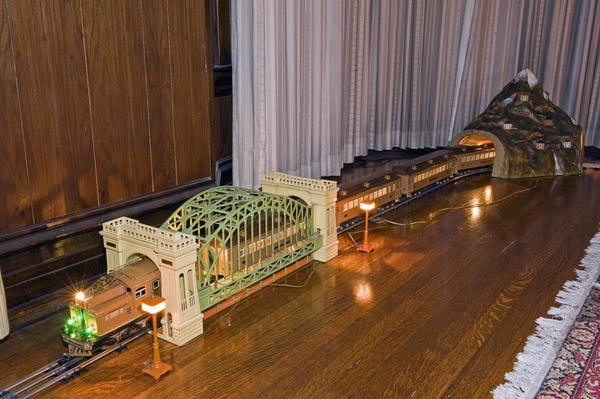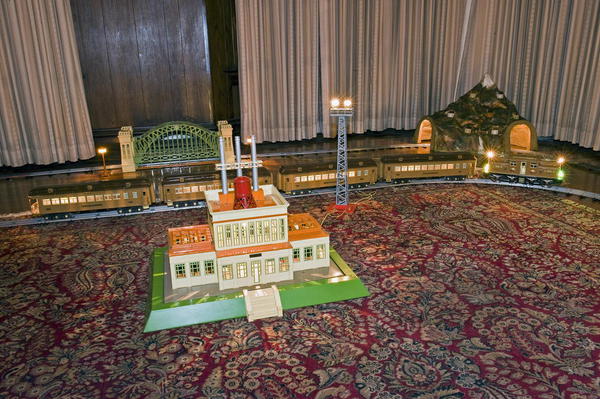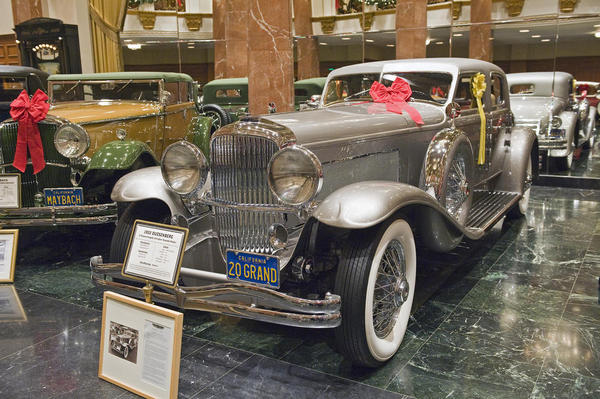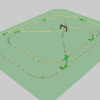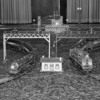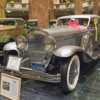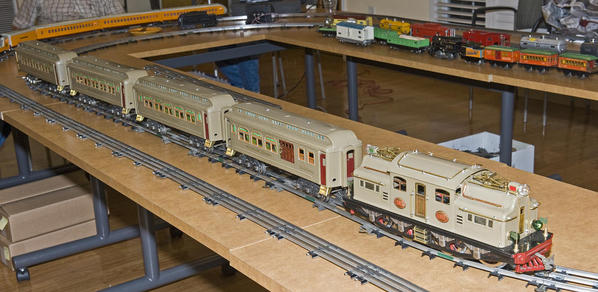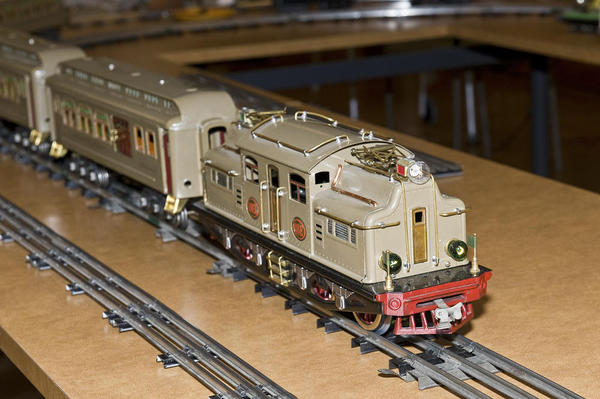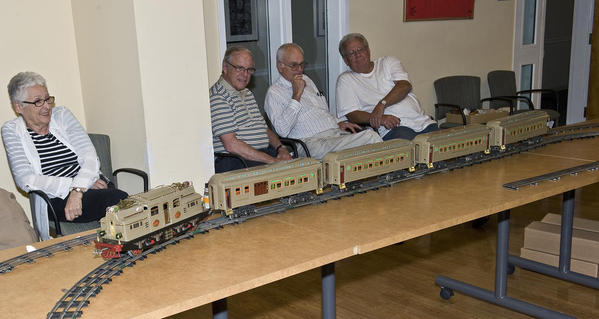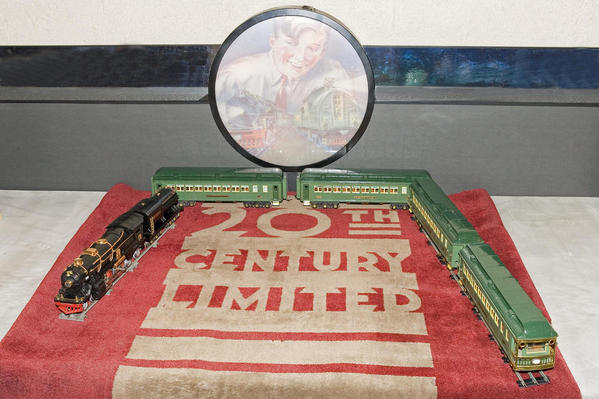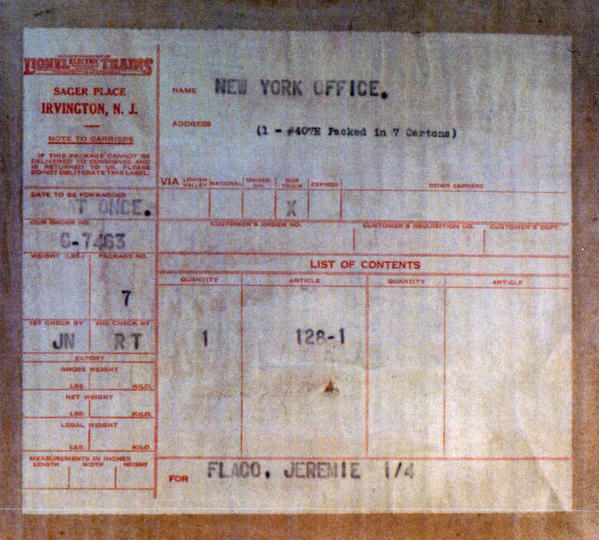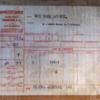Hi, this is Dr. Martin Folb from Los Angeles, and I just received a note from Mark Boyd regarding some responses about my article in the TCA QUARTERLY. In order to insure the smooth operation of the display, I decided to re-design it using wide radius track & switches. As you will see in a note that will appear in the next "Drumhead", I wrote the following:
"I very much enjoyed seeing my article published in the April 2015 TCA Quarterly, and have received many very nice comments from people who have read it. These historical “re-enactments” of some of Lionel’s greatest outfits, give us a perspective on what the fortunate recipients must have experienced on that special Christmas morning over eight decades ago! It truly was a “DREAM OF DREAMS”
I wanted to correct two very minor mistakes in the article. First, the catalog illustrated was a 1930 issue, not a 1931. The 407E outfit was essentially the same both years, but the major difference was that in 1930 it featured a 390E & T, while in 1931 (its last year) the new flagship of Lionel, the 400E & T, was the motive power for the Work train. This was the 1931 outfit.
The track design was a faithful emulation of what was shown in the 1931 catalog, the only difference being that the curves were replaced with 72” Wide Radius track, and the switches were also wide radius. I am absolutely convinced that if the Depression had not occurred until the mid 1930’s, Lionel would have introduced Wide radius track for these now larger locomotives and cars. They did introduce Wide radius “O” gauge in 1934 for their streamliners, but by then the party was well over for Standard Gauge! It is also interesting to note, that if the 407E was configured exactly as shown in the catalog with standard radius track, the Brown State set and the 400E work train were forever doomed to stay in their respective loops! Only the very small Lionel passenger cars or some freight cars could navigate the two switches, set up in an “S” curve to transition from the outside to the inside!!
With regards to the operation of these trains, I very much enjoyed Larry Archer’s note about the 381E that was sitting on a 408/402 frame in the photo from the Christmas issue. I contacted Ed Eberl, the man whose grandfather set up this layout. He told me: “I’m not surprised that my grandfather would have modified things, it runs in the family”. You have to do some major modifications to put a 381E cab on the 408 frame, so it was obviously something that a service station would not have done.
Finally, there has always been an “URBAN LEGEND” that the State Green 408E was produced to placate owners unhappy with the performance of a 381E and 4 State cars. If the locomotive is serviced properly and the cars are well lubricated, the train will run reasonably well. It will perform a great deal better with the 72” Wide Radius track. If you purchased a 411E set in 1929 (the only year that the 381E was offered with 4 State Cars), the set would have included 8 curved and 16 straight sections. If no additional track was purchased, and the track that came in the set was set up as an oval (8 straights on each side and 4 curve on each end), the 8 straight pieces would span 112 inches. The train itself was 108 inches in length, so the set would barely be on the straightaway before it had to negotiate a 180° narrow radius curve! Anything less than perfection in the trains performance, would have doomed the proper operation of this very expensive ($110 in 1929) set!"
The original layout was 12' X 11', and the Wide Radius version was 16'9" Square.

This is a computer generated image of the plan that was executed. It retained exactly the same geometry as the original 1931 Layout. As I mention in the "Drumhead" response, these large trains could have NEVER negotiated the S curves shown in the layout!
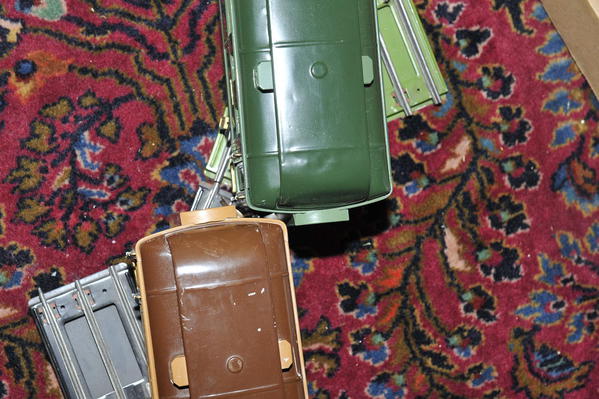
The layout was a bit spread out with the wider radius track, but still was quite extraordinary. It would have helped if we could have displayed it on something other than a large black set of platforms!
One of the questions was: "What would $350 equate to in todays money?" I can give you a very good estimate based on sound quantitative analysis. Historically, in normal economic times, inflation doubles prices every 10 years. If we take the $350 in 1931, then 84 years later, we have gone through 8.4 cycles. $350 x 2 to the 8.4 power= $118,228!! This does not even take into account the rarity or art aspects of these items! I can assure you, that if any of you have a mint, boxed, complete 407E set out there, I will gladly pay you $120,000 for it!!!
Here are two photos of the actual display as we set it up:
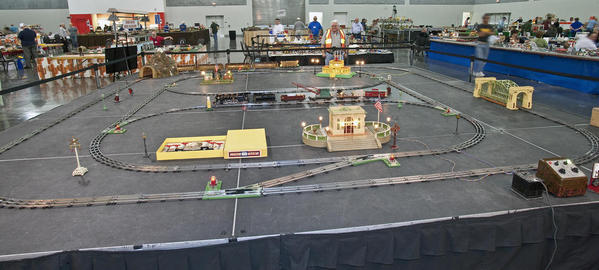
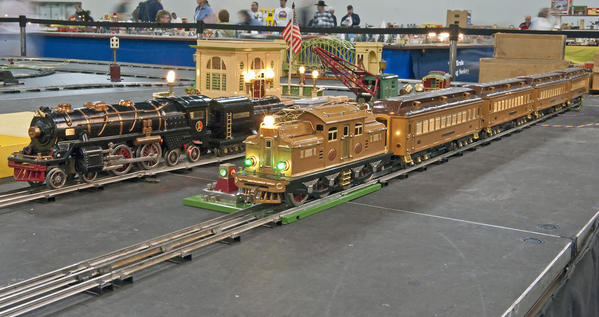 This was the Sequel to the 2013 Exhibit at Cal-Stewart, "LIONEL STANDARD GAUGE-THE GATSBY ERA". Here are four photos from that exhibit. All of the trains you see on display are like new or better and most with original boxes!
This was the Sequel to the 2013 Exhibit at Cal-Stewart, "LIONEL STANDARD GAUGE-THE GATSBY ERA". Here are four photos from that exhibit. All of the trains you see on display are like new or better and most with original boxes!
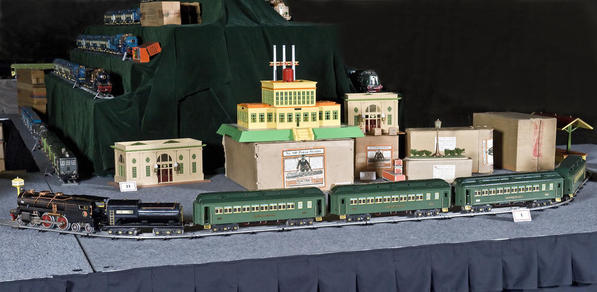
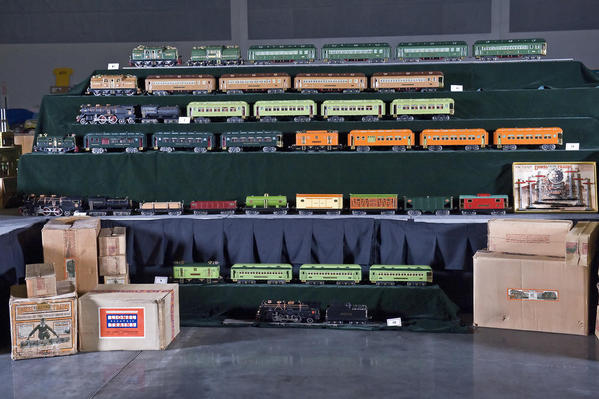

i
 It was a tremendous effort putting both "Gatsby" displays together, but for many people they were able to see these extraordinary trains looking at they must have over eight decades ago!
It was a tremendous effort putting both "Gatsby" displays together, but for many people they were able to see these extraordinary trains looking at they must have over eight decades ago!











